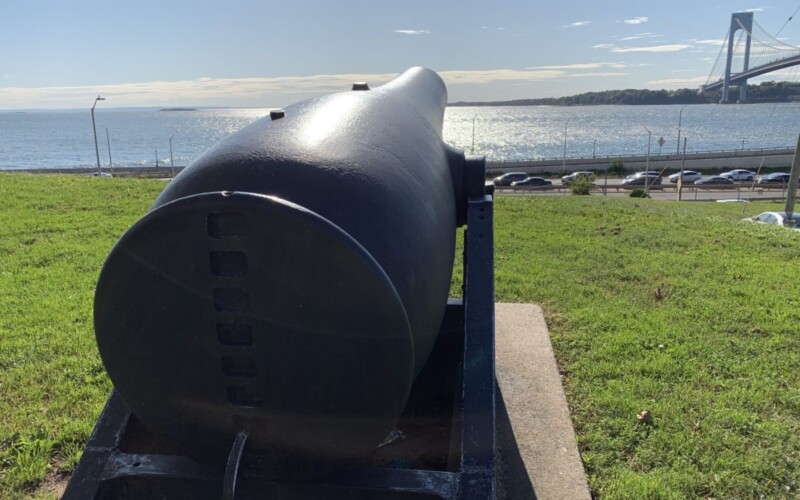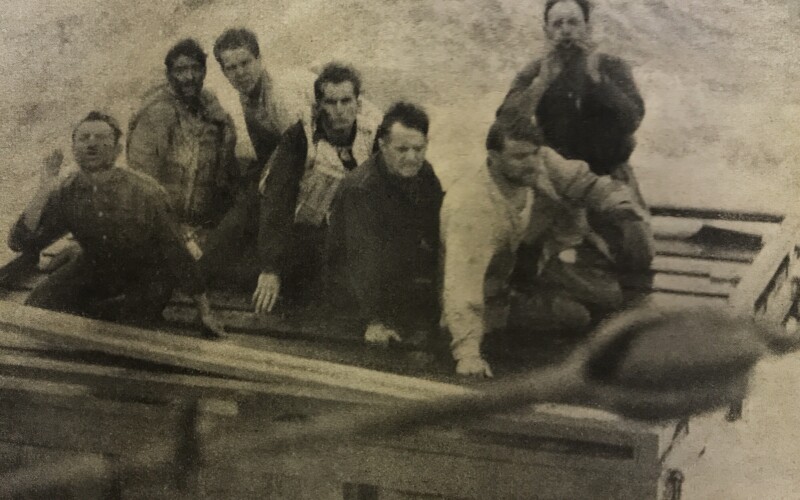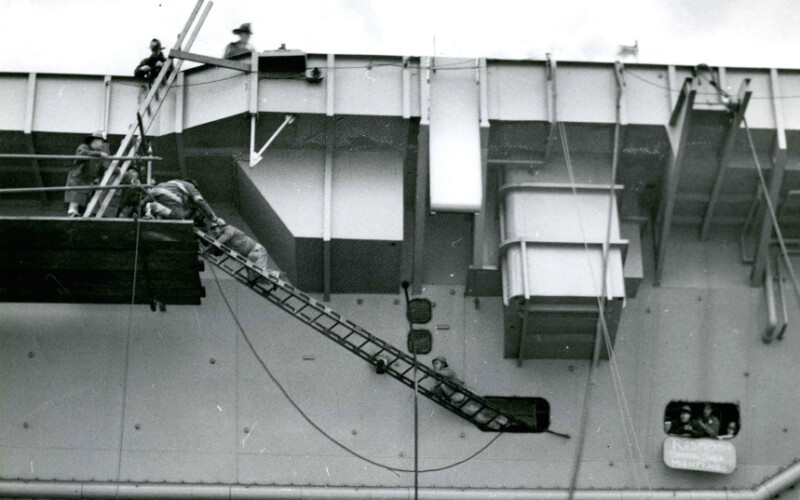We have experience hosting a range of audiences, from college classes to birthday parties to company outings, and we customize our tours to meet your group’s interests and needs.
Book a private tour today
At each of the water passages that lead to New York Harbor – from the Narrows to Hell Gate, Ambrose Channel to the Race – disused forts stand on either …
Read more

On June 9, 2018, Reinhard Hardegen, the last surviving German submarine commander of World War II, died at the age of 105. With his passing, he joins the ghosts of …
Read more

Today marks the 57th anniversary of perhaps the darkest day in the history of the Brooklyn Navy Yard. To commemorate the fire on board the USS Constellation, we are going …
Read more
